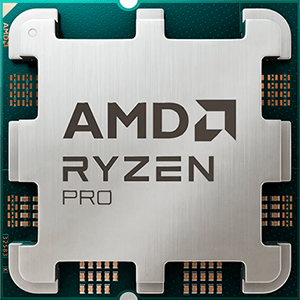Apple M4 Max 16 Core vs Intel Celeron N3060
We compared two laptop CPUs: Apple M4 Max 16 Core with 16 cores 4.52GHz and Intel Celeron N3060 with 2 cores 1.6GHz . You will find out which processor performs better in benchmark tests, key specifications, power consumption and more.
Main Differences
Apple M4 Max 16 Core 's Advantages
Released 8 years and 9 months late
Higher specification of memory (8533 vs 1600)
Larger memory bandwidth (546GB/s vs 25.6GB/s)
Higher base frequency (4.52GHz vs 1.6GHz)
More modern manufacturing process (3nm vs 14nm)
Intel Celeron N3060 's Advantages
Lower TDP (6W vs 70W)
Score
Benchmark
Geekbench 6 Single Core
Apple M4 Max 16 Core
+3364%
3984
Intel Celeron N3060
115
Geekbench 6 Multi Core
Apple M4 Max 16 Core
+12428%
26185
Intel Celeron N3060
209
Passmark CPU Single Core
Apple M4 Max 16 Core
+628%
4534
Intel Celeron N3060
622
Passmark CPU Multi Core
Apple M4 Max 16 Core
+6603%
43708
Intel Celeron N3060
652
General Parameters
Oct 2024
Release Date
Jan 2016
Apple
Manufacturer
Intel
Laptop
Type
Laptop
ARMv9
Instruction Set
x86-64
Apple M4
Core Architecture
Braswell
-
Processor Number
N3060
Apple M-Socket
Socket
BGA-1170
Apple M4 Max GPU (40-core)
Integrated Graphics
HD Graphics 400
Package
3 nm
Manufacturing Process
14 nm
70 W
Power Consumption
6 W
100 °C
Peak Operating Temperature
90 °C
CPU Performance
12
Performance Cores
2
12
Performance Core Threads
2
4.52 GHz
Performance Core Base Frequency
1.6 GHz
4
Efficiency Cores
-
4
Efficiency Core Threads
-
2.59 GHz
Efficiency Core Base Frequency
-
16
Total Core Count
2
16
Total Thread Count
2
45
Multiplier
-
-
L1 Cache
48 K per core
-
L2 Cache
1 MB per core
-
L3 Cache
2 MB shared
No
Unlocked Multiplier
No
Memory Parameters
LPDDR5X-8533
Memory Types
DDR3L-1600
-
Max Memory Size
8 GB
-
Max Memory Channels
2
546 GB/s
Max Memory Bandwidth
25.6 GB/s
No
ECC Memory Support
No
Graphics Card Parameters
true
Integrated Graphics
true
500 MHz
GPU Base Frequency
-
1800 MHz
GPU Max Dynamic Frequency
600 MHz
5120
Shader Units
-
320
Texture Units
-
160
Raster Operation Units
-
640
Execution Units
-
62
Power Consumption
-
18.4 TFLOPS
Graphics Performance
-








